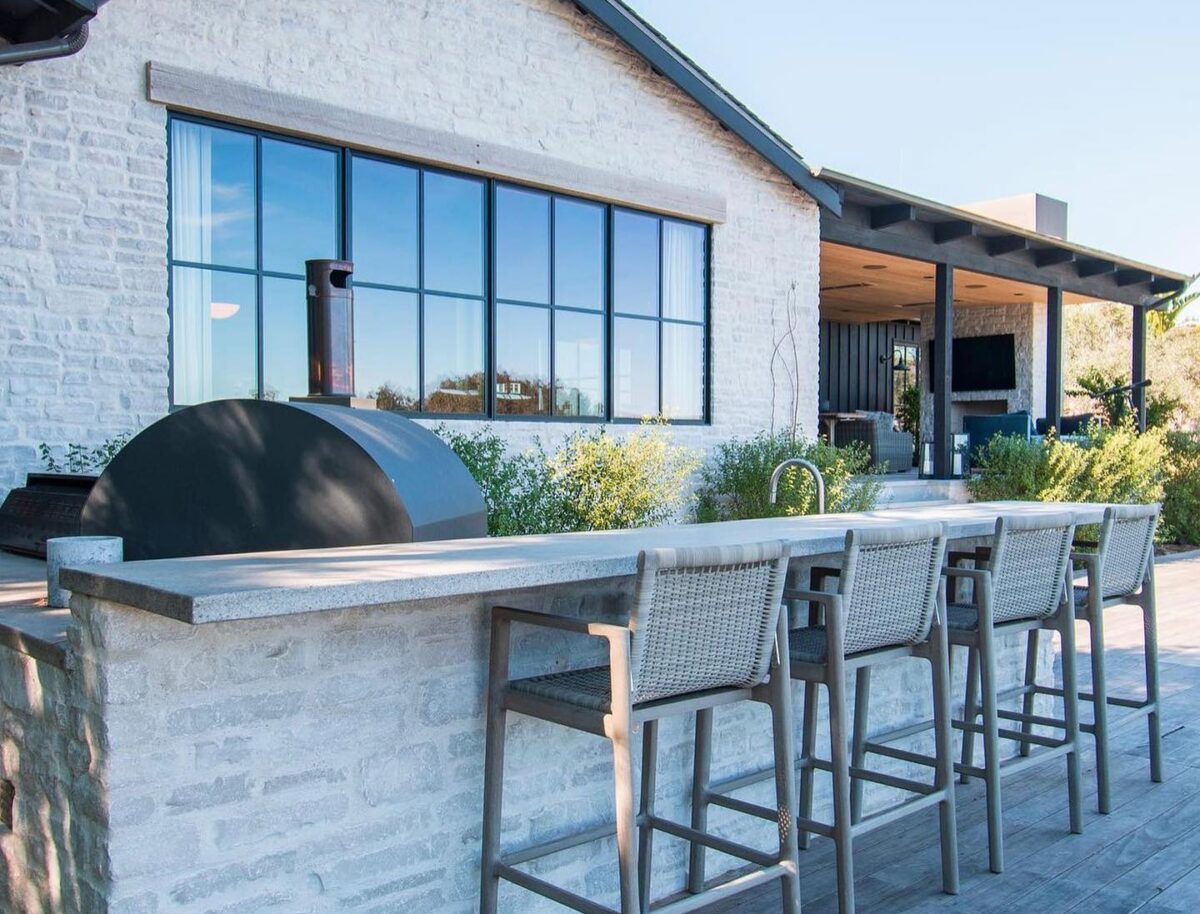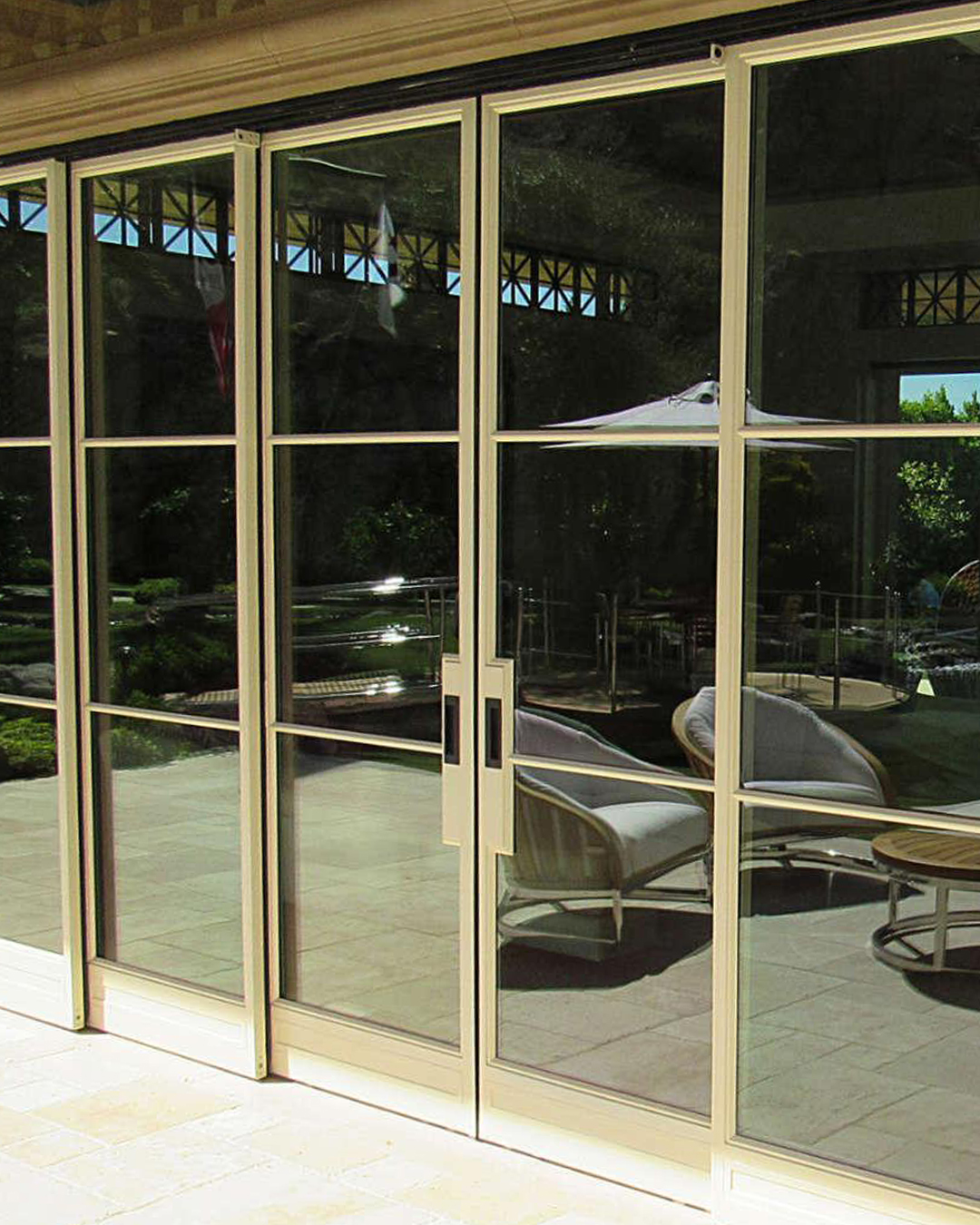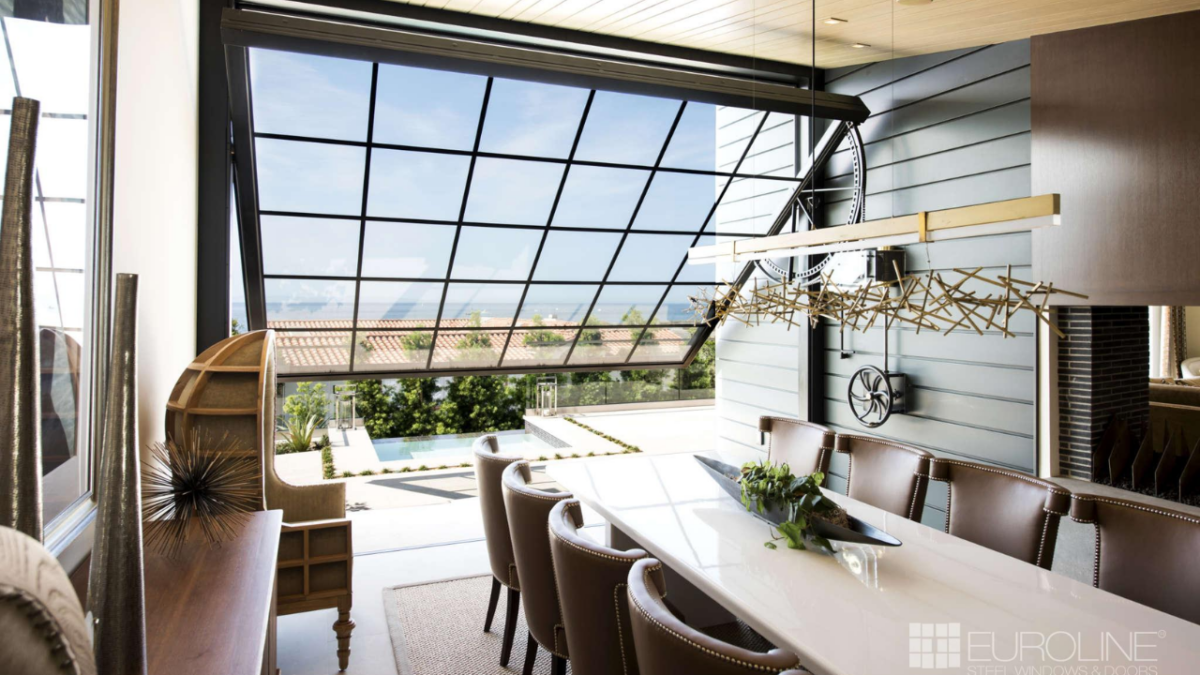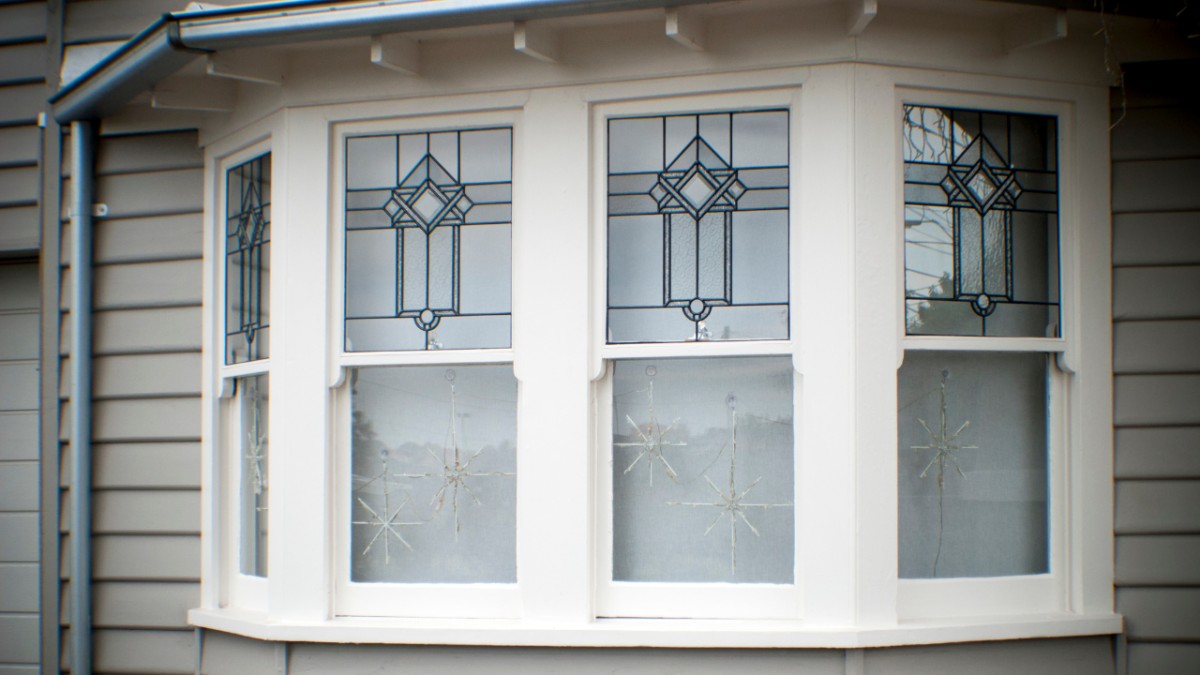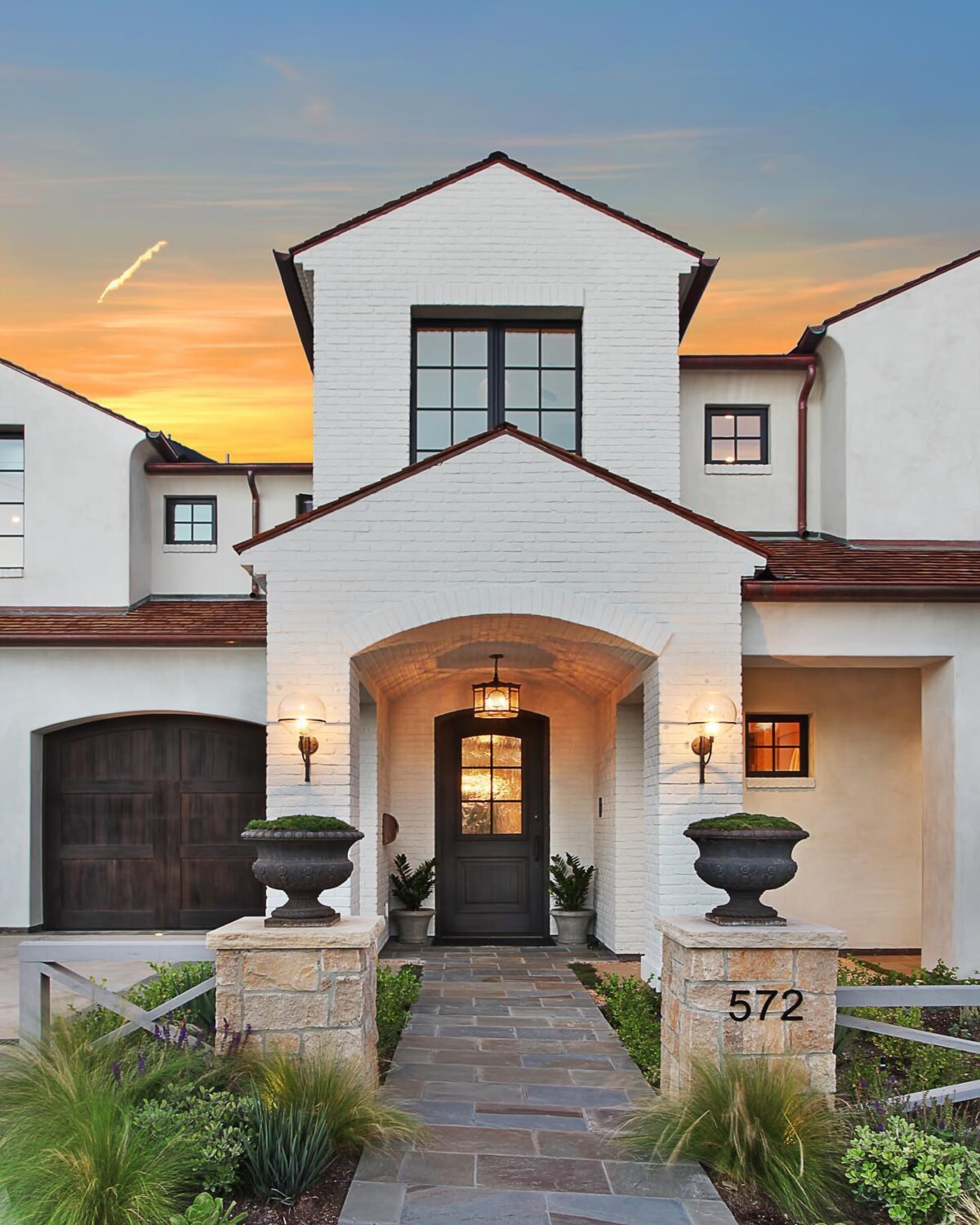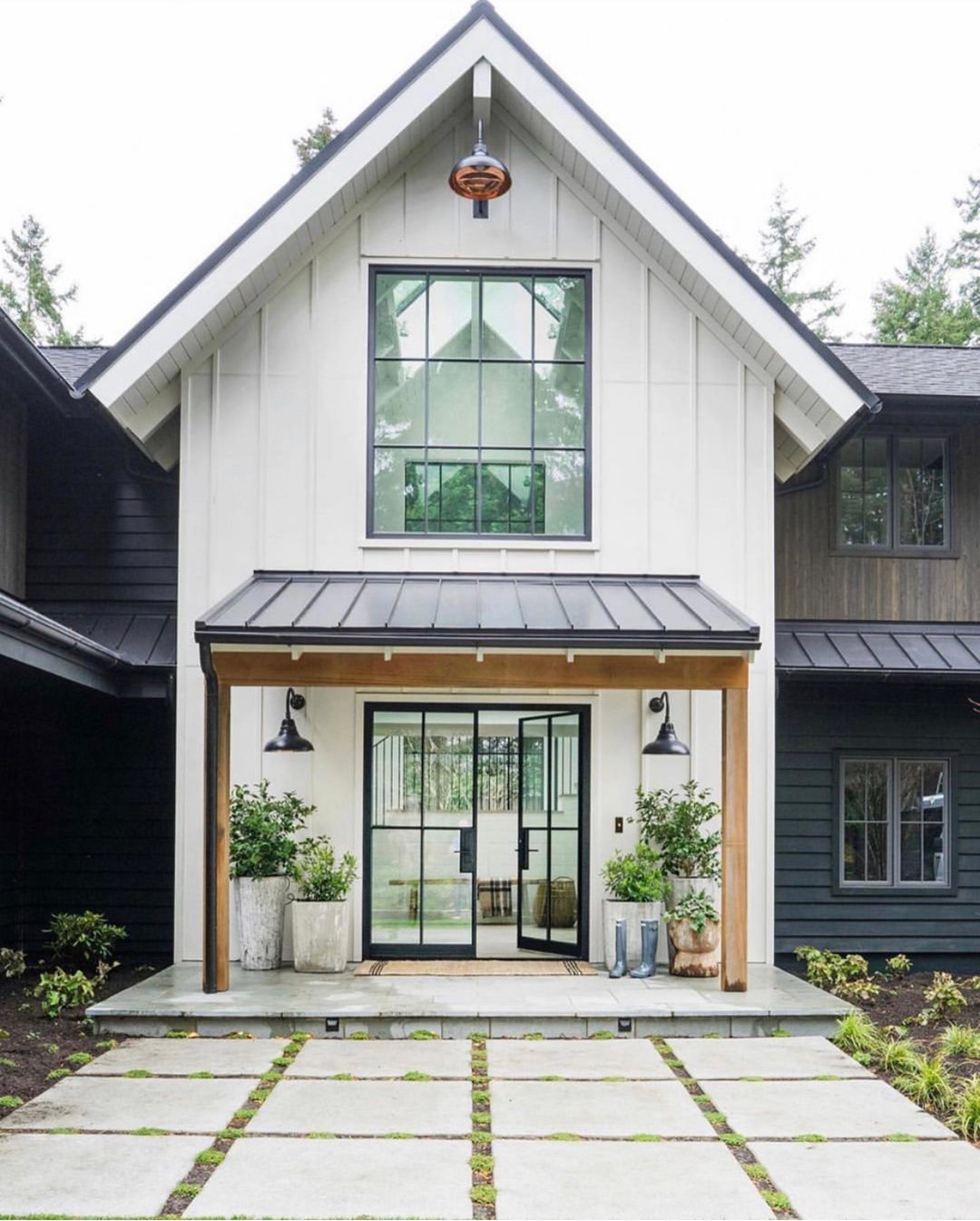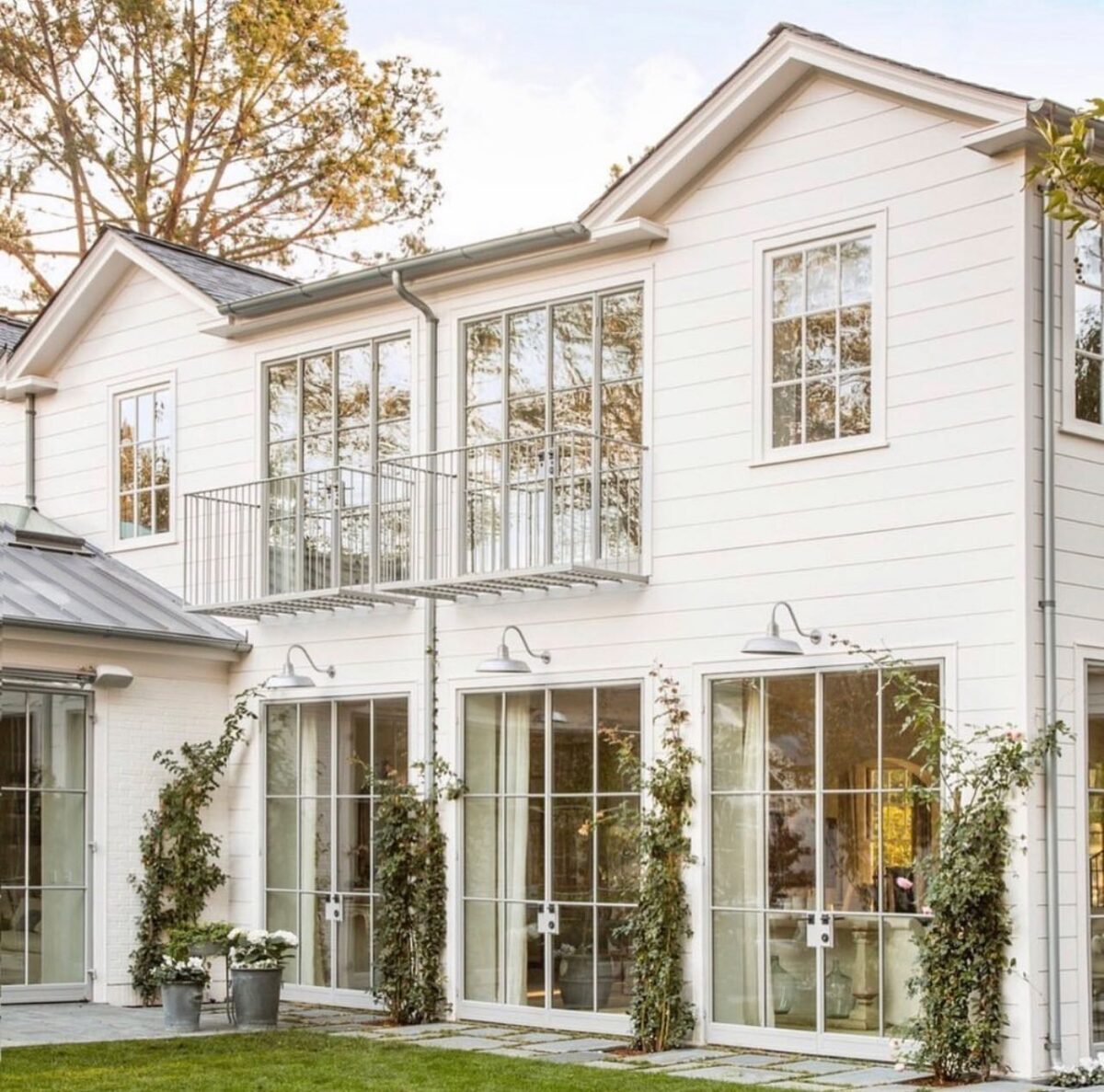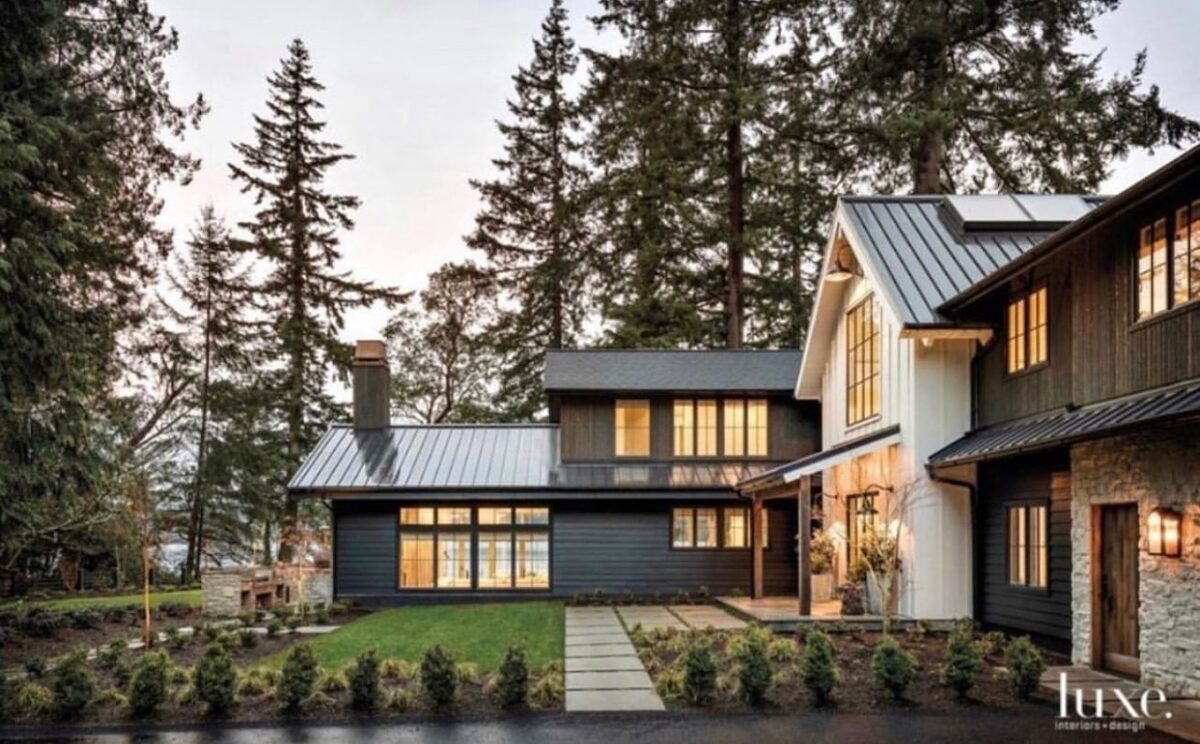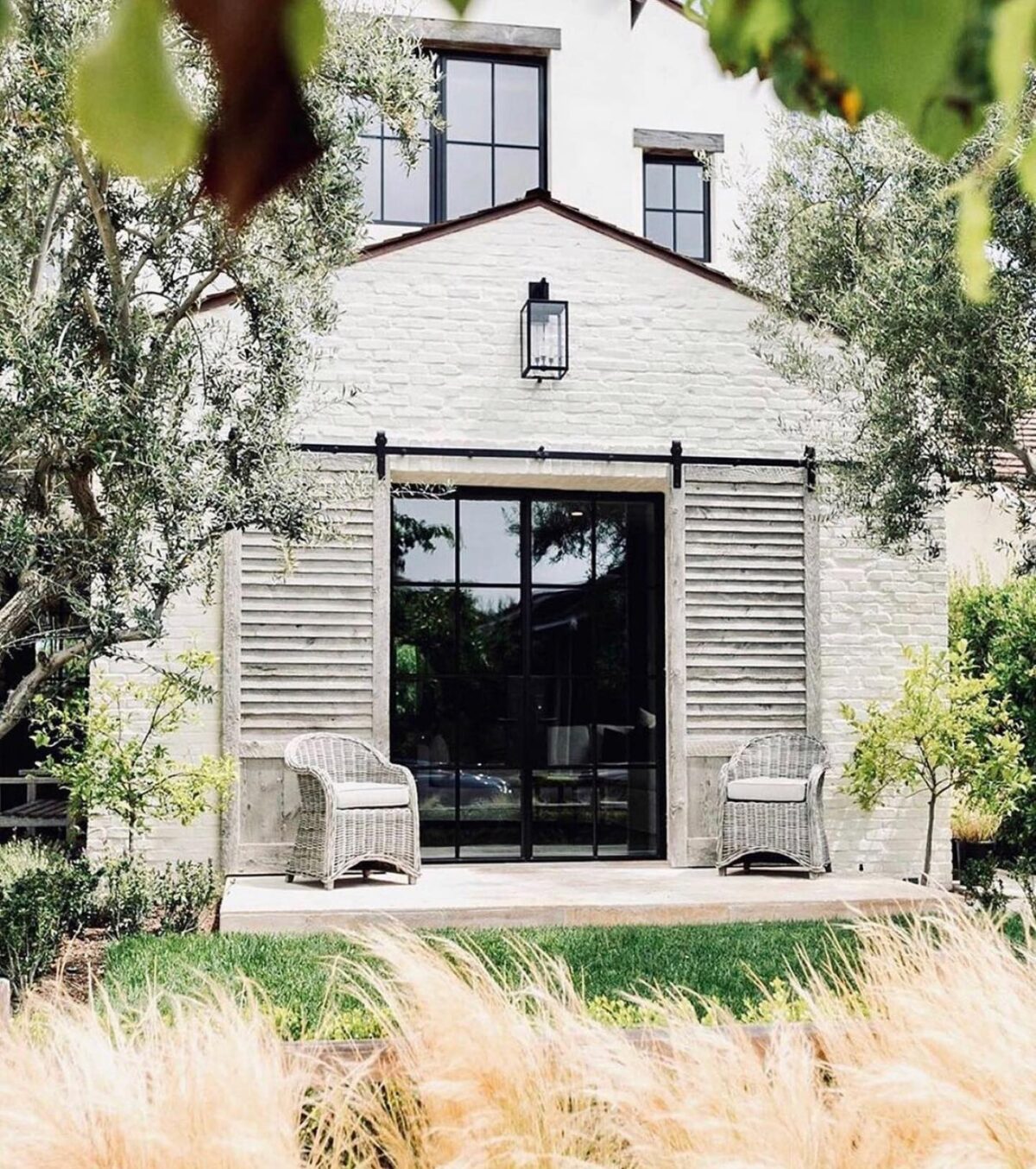Key Takeaways
- Yes, Dual-Purpose Steel Windows Exist – Some high-performance steel windows combine fire resistance (slows flame spread) and impact resistance (withstands storms/debris) in one design.
- Steel is Naturally Strong & Secure – Unlike wood or vinyl, steel doesn’t warp or rot, making it ideal for safety-focused homes in fire-prone or hurricane-risk areas.
- Look for Certifications – Ensure windows meet fire-rated (ASTM E119) and impact-rated (e.g., Miami-Dade standards) testing for guaranteed protection.
- Special Glass Matters – Fire-resistant windows use multi-layered glass, while impact-resistant windows rely on laminated glass that won’t shatter.
- Custom Options Available – Companies like Euroline offer steel casement windows, curtain walls, and awnings tailored for both fire and impact resistance—without sacrificing style.
When it comes to choosing windows for your home or business, safety is a top priority. You want something strong, durable, and, if possible, multi-functional. That’s where the question comes in—are there steel windows that can resist both fire and impact? The short answer is yes, but let’s dive deeper into how they work and why they might be the perfect fit for you.
Why Steel Windows?
Steel windows and doors have been around for ages, and for good reason. They’re tough, long-lasting, and give any building a sleek, modern look. But beyond aesthetics, steel is naturally strong, making it a great choice for security and safety. Unlike other materials, steel doesn’t warp, rot, or weaken easily, which is why it’s often used in high-risk areas.
Now, if you’re in a place where hurricanes, storms, or even fires are a concern, you’ll want windows that can stand up to the challenge. That’s where dual-purpose windows come in—combining fire resistance and impact resistance into one solid package.
Fire-Resistant Steel Windows
Fire-resistant windows are designed to withstand high temperatures and prevent flames from spreading. They’re often used in commercial buildings, but more homeowners are choosing them for extra safety. These windows have special glass and frames that can hold up under extreme heat, giving people inside more time to escape and firefighters more time to respond.
If you live in an area prone to wildfires or just want extra protection, fire-resistant steel windows are a smart investment.
Impact-Resistant Steel Windows
On the other hand, impact-resistant windows are built to handle strong forces—like flying debris during a storm or even attempted break-ins. These windows use laminated glass that doesn’t shatter easily, keeping the broken pieces stuck together even if hit hard.
Steel casement windows are a popular choice here because their sturdy frames add an extra layer of security. When paired with impact-resistant glass, they become a tough barrier against harsh weather or intruders.
Can One Window Do Both?
Now, the big question—can a single steel window be both fire-resistant and impact-resistant? The answer is yes, but it depends on the design and materials used. Some high-performance steel windows are engineered to meet both fire and impact ratings, making them ideal for areas with multiple risks.
For example, in coastal regions where hurricanes and fires are both possible, dual-purpose windows provide the best of both worlds. They keep your home safe from flying debris and slow down the spread of flames.
What About Other Steel Products?
If you’re considering steel for your project, don’t forget about other options like awnings and window hoppers or curtain wall windows.
- Awnings and window hoppers made from steel add both style and function, providing shade while also being durable against weather and wear.
- Curtain wall windows (often used in commercial spaces) can also be designed with fire and impact resistance, giving large glass facades extra protection without sacrificing looks.
Choosing the Right Steel Windows for You
Not all steel windows are the same, so here’s what to look for if you want dual-purpose protection:
- Certifications – Check if the windows meet fire-rated (like ASTM E119) and impact-rated (like Miami-Dade County standards) certifications.
- Glass Type – Laminated or tempered glass is a must for impact resistance, while fire-resistant glass is usually multi-layered with a special interlayer.
- Frame Strength – The steel frame should be thick and well-built to support the glass and resist warping under heat or force.
At Euroline Steel Windows and Doors, we offer high-quality steel windows that can be customized for both fire and impact resistance, giving you peace of mind without compromising on style.
Upgrade to Steel – Safety, Strength, and Style All in One
Dual-purpose steel windows are a game-changer for safety-conscious homeowners and businesses. They’re strong, reliable, and built to handle multiple threats—whether it’s a storm, fire, or just everyday wear and tear.
If you’re thinking about upgrading your windows, consider going with steel windows and doors that offer both fire and impact protection. It’s a smart move that adds value and security to any property.
And hey, if you’re not sure what’s best for your needs, we’re here to help. At Euroline Steel Windows and Doors, we specialize in steel casement windows, curtain wall windows, and even awnings and window hoppers—all designed to keep your space safe and stylish.
Ready to make the switch? Check out our collection and see how steel can work for you.

